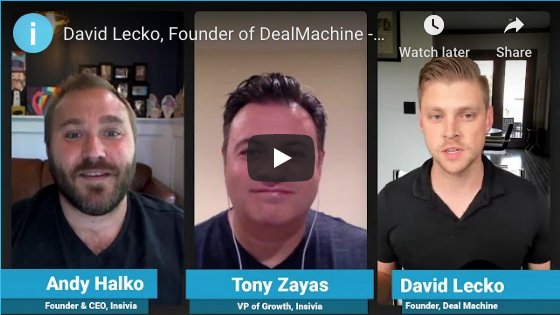Our AI-Powered Tool To Rewrite For Readability
We built CopyFlow.AI for you to rewrite your website copy for scannability and readability using AI and our trained models.

SaaS Founder Interview Show
Fascinating conversations with successful SaaS founders who share their journeys, learnings, and insights.
